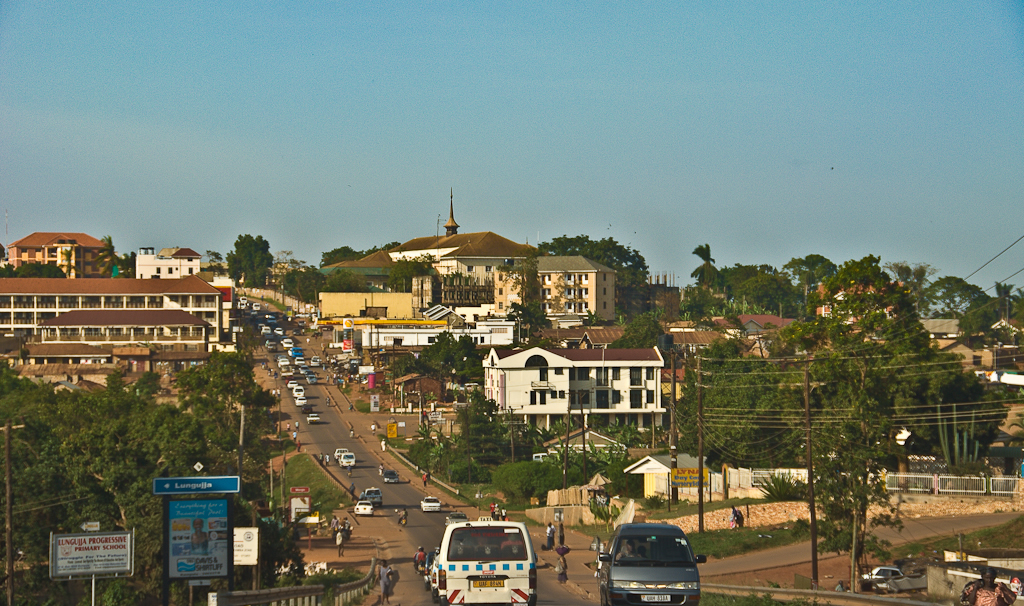
At 4,000 feet above sea level, Mengo is hill steeped in political and religious history. “Mengo” is a Luganda word for grinding stones. Legend has it that ancient migrant communities from Ssesse Islands who settled on the hill used these stones to grind their food.
Located here is the Kabaka’s four square miles palace (lubiri) and in it the magnificent Twekobe (Kabaka’s official residence). Because of this, most Ugandans today mistakenly refer to Mengo hill as ‘Lubiri hill’.
It is here that the famous 1900 Agreement was signed between the Kabaka of Buganda and British colonial officials establishing the Uganda Protectorate.
Near the palace is the Kabaka’s lake, the biggest man-made lake in the country. The lake was dug in 1880s on the orders of Kabaka Basamula.
Mwanga who wanted who to link it to Munyonyo on the shores of Lake Victoria. Mwanga, a staunch fan of regatta, wanted to sail from Mengo to Munyonyo on his many hunting expedictions.
There are many different species of birds on the three small isles of the lake.
The history of Mengo hill is also entwined with that of Namirembe hill, the seat of the Anglican Church in Uganda, because of the monarchy’s close association with the Church of England.
Indeed at Namirembe, just across from Mengo hill and nearly at the same elevation is the Bulange (office building for the Kabaka and the kkingdom’s parliament-Lutiiko). The green tiled Bulange is imposing. Near Bulange is Kisingili’s three-storeyed 1—roomed house built more than one hundred years ago.
In the courtyard you will find the more than a hundred-old gaint turtles that were imported from the Seychelles islands where the British once exiled Kabaka Mwanga.
Mengo hospital is a stone away from kabaka;s palance residence housing buganda radio CBS

 Posted in
Posted in 

